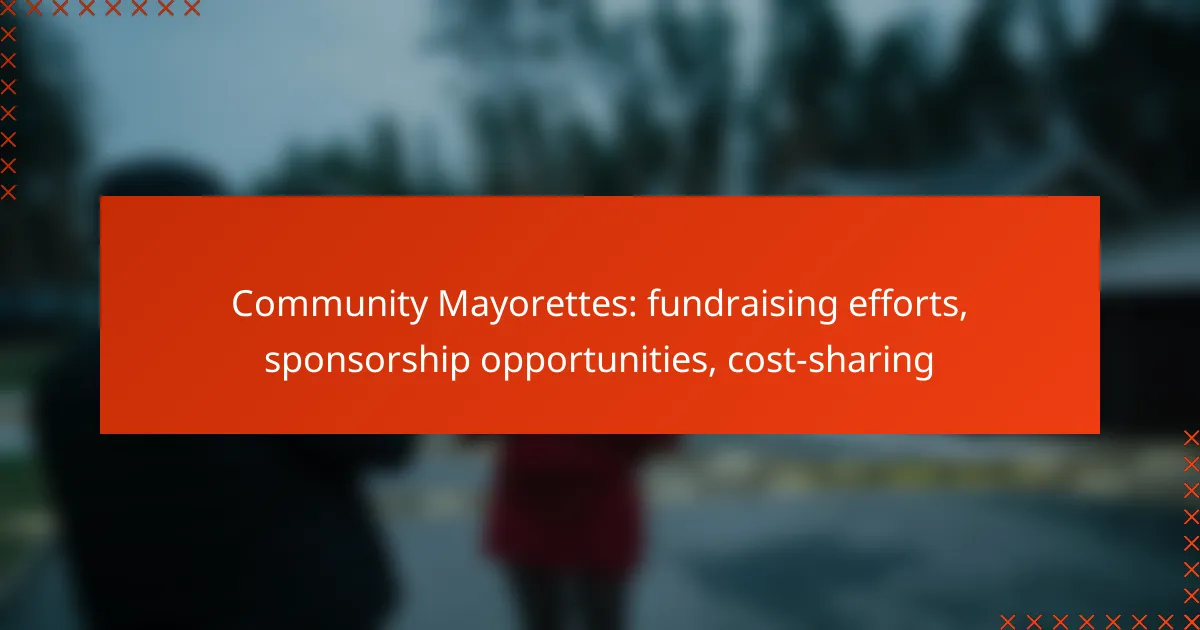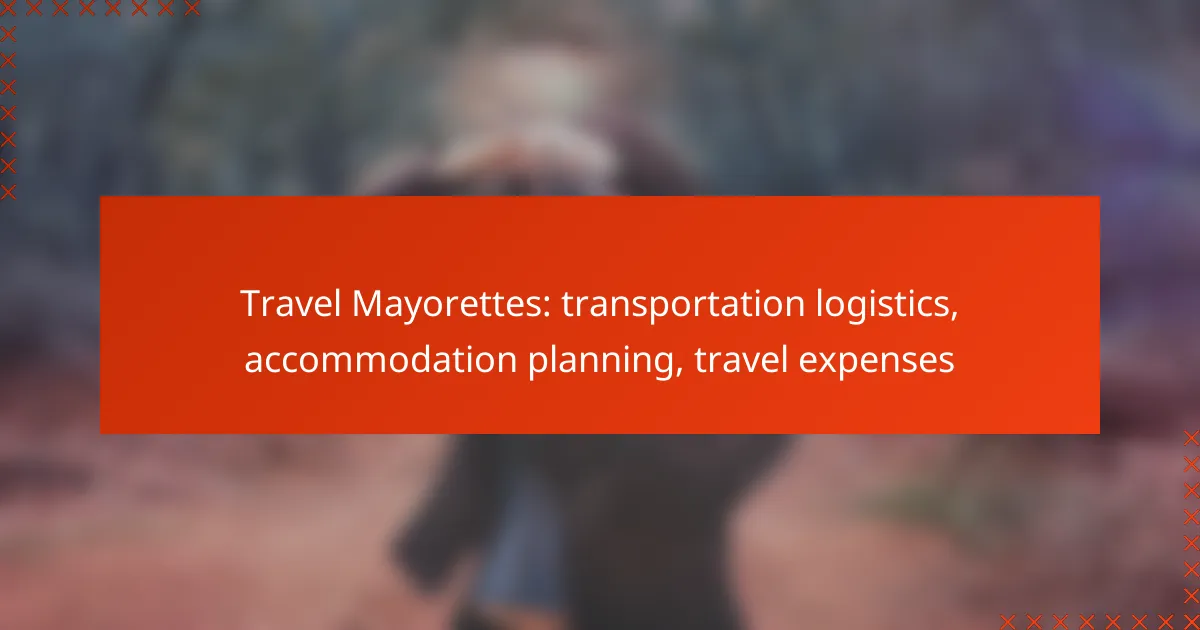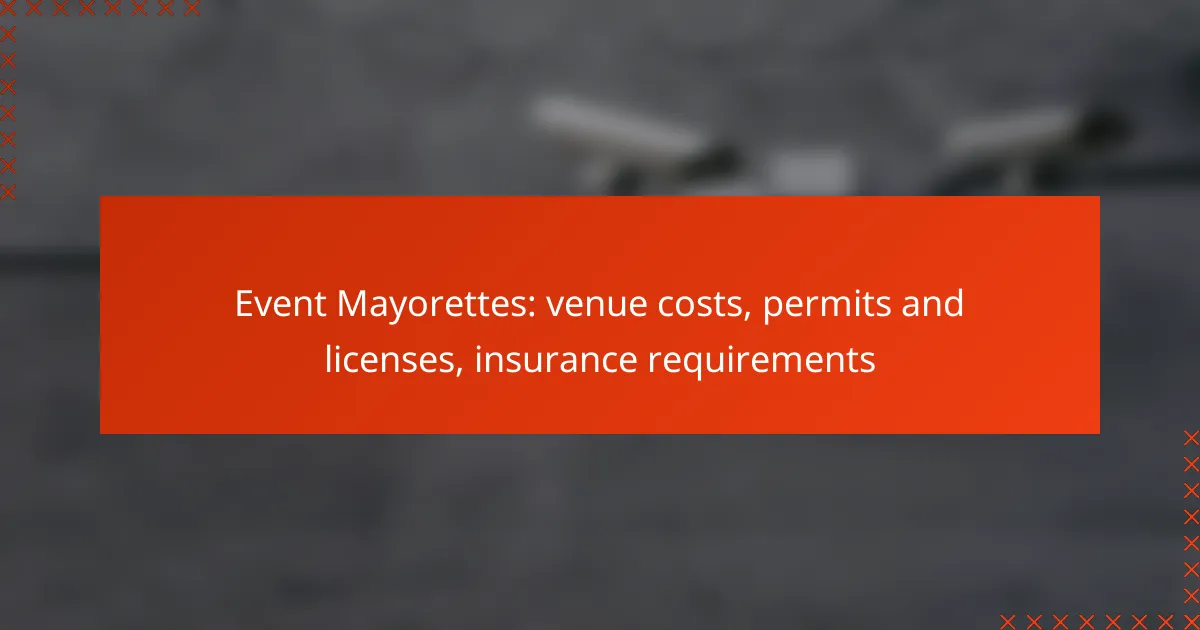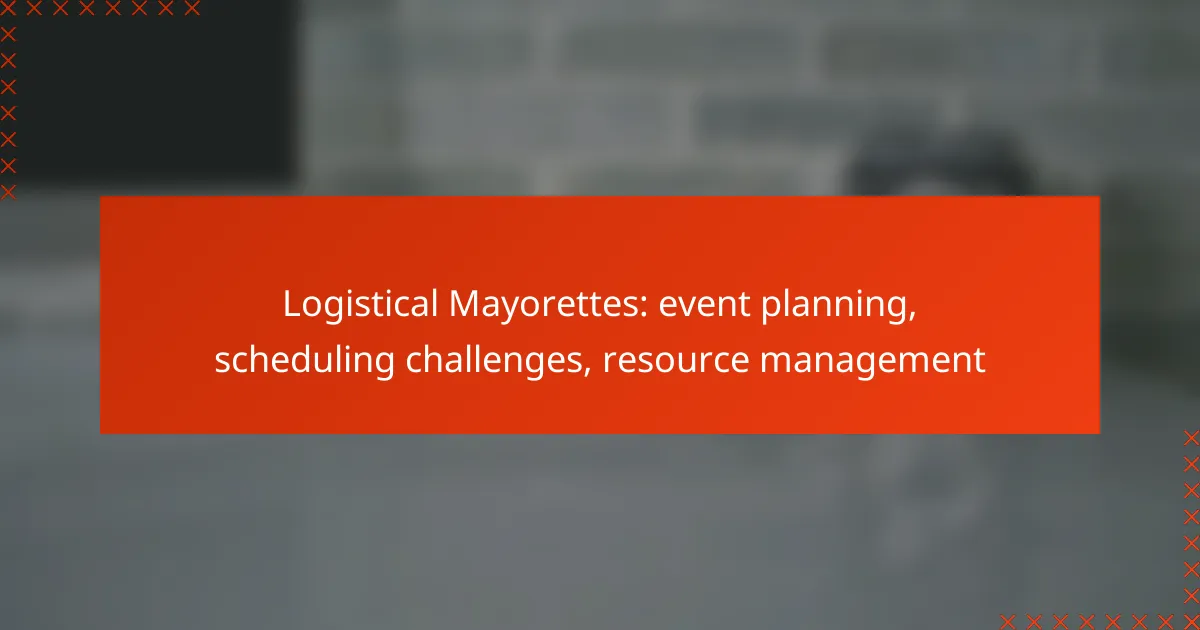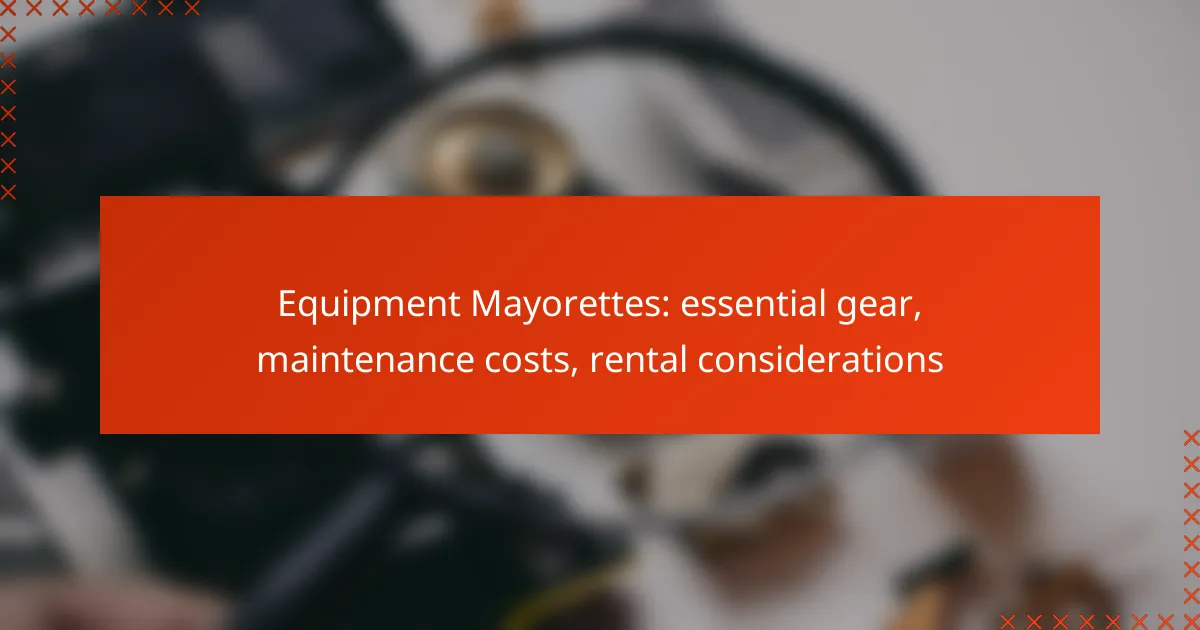What are the costs associated with Mayorette groups in Canada?
The costs associated with Mayorette groups in Canada can vary significantly based on location, group size, and specific activities. Key expenses typically include membership fees, uniform costs, travel and accommodation, event participation fees, and insurance.
Membership fees
Membership fees for Mayorette groups in Canada usually range from CAD 50 to CAD 200 annually. These fees often cover administrative costs, training, and access to group resources. Some groups may offer tiered memberships with varying benefits.
Uniform expenses
Uniform expenses can be a substantial part of the overall cost, often ranging from CAD 100 to CAD 500 depending on the complexity and quality of the attire. Groups may require specific colors and styles, and members might need to purchase accessories separately, adding to the total expense.
Travel and accommodation costs
Travel and accommodation costs can vary widely based on event locations. For local events, transportation might only involve gas or public transit fares, while out-of-town events could require hotel stays, which can range from CAD 100 to CAD 300 per night. Planning ahead can help manage these costs effectively.
Event participation fees
Event participation fees typically range from CAD 20 to CAD 100 per event, depending on the nature and scale of the event. Some competitions or parades may have higher entry fees, which can include additional costs for equipment or special performances. Always check for any hidden fees that may arise.
Insurance and liability costs
Insurance and liability costs are essential for protecting members and the organization. Groups may need to purchase liability insurance, which can cost anywhere from CAD 200 to CAD 1,000 annually, depending on coverage levels. It’s crucial to ensure that the insurance meets local regulations and adequately covers all activities.
How do logistics impact Mayorette group operations?
Logistics play a crucial role in the operations of Mayorette groups by determining how efficiently they can perform at events. Effective logistics ensure that transportation, scheduling, and equipment management are well-coordinated, which directly influences the group’s performance and overall success.
Transportation arrangements
Transportation is vital for Mayorette groups as it affects their ability to arrive on time and perform at various venues. Groups should consider options like buses or vans that can accommodate all members and their equipment. It’s advisable to plan routes in advance, taking into account traffic patterns and potential delays.
When budgeting for transportation, consider costs such as fuel, tolls, and parking fees. Establishing partnerships with local transportation companies can also provide discounts and ensure reliable service.
Event scheduling
Event scheduling is essential for coordinating performances and rehearsals. Groups should create a detailed calendar that includes all upcoming events, practice sessions, and travel times. This helps avoid conflicts and ensures that all members are available when needed.
Utilizing digital tools or apps for scheduling can streamline communication and allow for quick updates. It’s important to build in flexibility to accommodate last-minute changes or unexpected delays.
Equipment management
Proper equipment management is critical for Mayorette groups to maintain performance quality. This includes ensuring that uniforms, instruments, and props are in good condition and readily available for each event. Regular inventory checks can help identify any items that need repair or replacement.
Establishing a system for transporting and storing equipment can minimize damage and loss. Consider creating a checklist for each event to ensure that all necessary items are packed and accounted for before departure.
What are the best practices for managing Mayorette group logistics?
Managing Mayorette group logistics effectively involves strategic planning, clear communication, and efficient resource allocation. These practices ensure smooth operations and enhance the overall performance of the group during events.
Effective communication strategies
Clear communication is essential for coordinating activities within a Mayorette group. Establishing regular meetings and using group messaging apps can help keep everyone informed about schedules, roles, and responsibilities.
Utilizing visual aids, such as calendars or charts, can also enhance understanding. Ensure that all members have access to important information and encourage feedback to address any concerns promptly.
Resource allocation techniques
Effective resource allocation involves identifying and distributing materials, personnel, and funds efficiently. Create a detailed inventory of required items, such as uniforms, equipment, and transportation, and prioritize based on necessity and availability.
Consider using a budget tracker to monitor expenses and ensure that funds are allocated appropriately. Regularly review resource usage to identify areas for improvement and avoid waste.
Collaboration with local vendors
Partnering with local vendors can streamline logistics and reduce costs. Establish relationships with suppliers for uniforms, equipment, and transportation services to ensure timely delivery and favorable pricing.
Negotiate contracts that include flexible terms to accommodate changes in group size or event schedules. Local vendors often understand regional regulations and can provide valuable insights into logistical challenges specific to your area.
What factors influence the pricing of Mayorette group services?
The pricing of Mayorette group services is influenced by several key factors, including location, the complexity of the services offered, and the duration of events. Understanding these elements can help you budget effectively and choose the right service for your needs.
Location-based pricing
Location plays a significant role in determining the cost of Mayorette group services. Prices can vary widely based on geographic area, with urban centers typically charging more than rural locations. For instance, hiring a Mayorette group in a major city like Sofia may cost more than in a smaller town.
Additionally, travel expenses may be added if the group needs to travel outside their base area. Always inquire about any potential travel fees when discussing pricing with service providers.
Service complexity
The complexity of the services offered by a Mayorette group can greatly influence pricing. Basic performances may be more affordable, while specialized routines, custom choreography, or themed events can increase costs significantly. For example, a group that includes intricate dance routines or live music will likely charge more than one that offers standard performances.
It’s essential to clarify what services are included in the quoted price and whether any additional features come with extra charges. Understanding these details will ensure you receive the value you expect.
Duration of events
The length of the event is another critical factor in pricing Mayorette group services. Most groups charge based on the duration of their performance, with rates typically structured for hourly increments. For instance, a two-hour event may cost significantly more than a one-hour performance.
When planning an event, consider how long you want the Mayorette group to perform and discuss potential discounts for longer engagements. Some groups may offer package deals for extended performances, which can help you save on overall costs.
How do Mayorette groups in Canada compare to those in other countries?
Mayorette groups in Canada differ from those in other countries primarily in funding sources and organizational structure. While Canadian groups often rely on community support and local sponsorships, international counterparts may have more varied funding mechanisms, including government grants and larger corporate sponsorships.
Differences in funding
Funding for Mayorette groups varies significantly between Canada and other nations. In Canada, many groups depend on local businesses and community fundraising events to cover costs, which can lead to financial instability. In contrast, groups in countries like the United States or Europe might receive substantial support from municipal governments or national arts organizations, allowing for more consistent funding.
For example, a Canadian Mayorette group might raise between CAD 5,000 to CAD 15,000 annually through bake sales and local sponsorships, while a similar group in Germany could secure funding upwards of EUR 30,000 through government grants and corporate partnerships. This disparity affects the scale and quality of performances, as well as the ability to participate in international competitions.
When considering funding options, Canadian groups should explore diverse revenue streams, such as online crowdfunding or partnerships with larger organizations, to enhance financial stability and expand their reach. Establishing a clear budget and actively seeking sponsorships can also help mitigate funding challenges.

